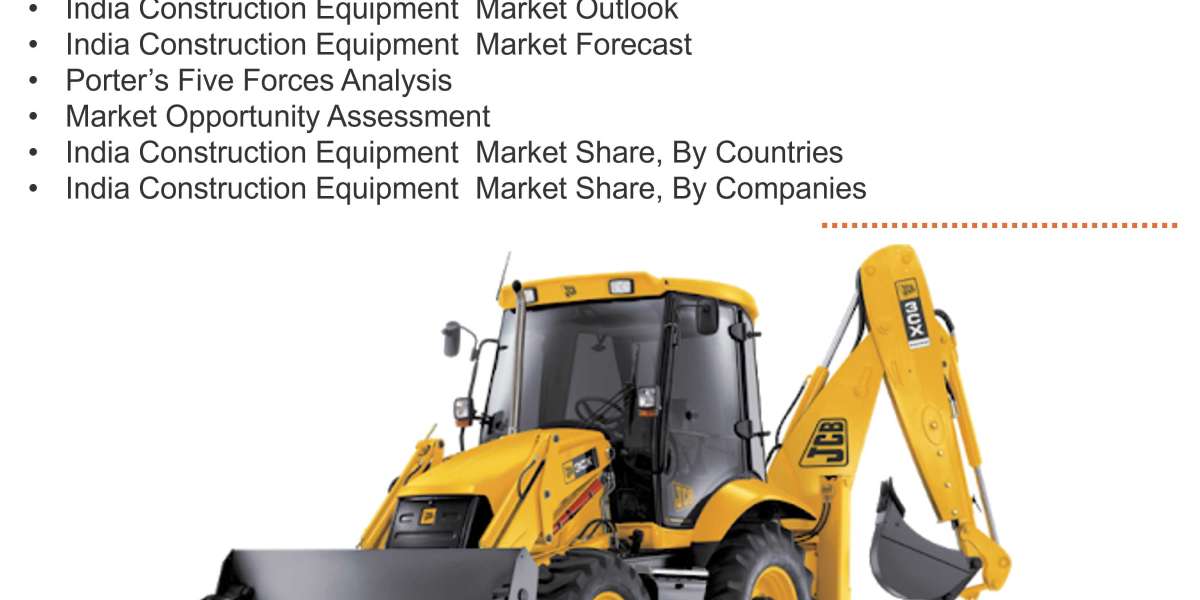Technology plays a crucial role in enhancing disaster management and response efforts by improving prediction, communication, coordination, Bullet In Tech and recovery. Here's how various technological innovations contribute to these aspects:
1. Early Warning Systems
Early warning systems are vital in disaster management as they provide critical information before a disaster strikes. Technologies such as satellite imagery, weather sensors, and geospatial data analytics enable accurate forecasting of natural hazards like hurricanes, earthquakes, and floods. For instance, meteorological satellites can track storm systems and provide real-time updates on their path and intensity, allowing for timely evacuation and preparation.
2. Communication and Coordination
Effective communication during a disaster is essential for coordinating response efforts and disseminating information to the public. Modern communication technologies, including mobile networks, social media platforms, and satellite phones, help keep people informed and connected. Apps and platforms like Facebook's Safety Check and Google Crisis Response provide tools for individuals to mark themselves safe, share updates, and request help. Additionally, dedicated disaster management communication systems can relay critical information between emergency responders and agencies, ensuring a coordinated and efficient response.
3. Data Collection and Analysis
The collection and analysis of data are crucial for understanding the scope and impact of a disaster. Technologies such as Geographic Information Systems (GIS) and remote sensing tools help gather and analyze data on affected areas. GIS can map out disaster zones, identify vulnerable populations, and track the progression of disasters. Drones equipped with cameras and sensors provide aerial views of damaged areas, enabling responders to assess situations quickly and plan effective interventions.
4. Resource Management
Efficient resource management is vital for effective disaster response. Technology helps track and manage resources such as medical supplies, food, and personnel. Systems like supply chain management software and inventory tracking tools ensure that resources are allocated where they are most needed. Additionally, technology aids in logistical planning, optimizing the distribution of aid and reducing bottlenecks in the delivery process.
5. Emergency Response Robots and Drones
Robots and drones are increasingly being used in disaster scenarios to perform tasks that are too dangerous for humans. Search and rescue robots can navigate through rubble to locate survivors, while drones can conduct aerial surveys and deliver supplies to inaccessible areas. These technologies enhance the efficiency of rescue operations and improve safety for both responders and victims.
6. Training and Simulation
Technology also plays a significant role in preparing for disasters through training and simulation. Virtual reality (VR) and augmented reality (AR) can create realistic disaster scenarios for training purposes, helping responders practice their skills in a controlled environment. Simulation tools can model various disaster scenarios, allowing organizations to develop and test response plans before real events occur.
7. Post-Disaster Recovery
In the aftermath of a disaster, technology aids in recovery and rebuilding efforts. Geographic information systems (GIS) and data analytics help assess damage, prioritize recovery tasks, and plan rebuilding efforts. Technology also supports the restoration of essential services such as electricity and water supply, with smart grid systems and remote monitoring tools assisting in the rapid identification and resolution of issues.
8. Public Awareness and Education
Finally, technology enhances public awareness and education about disaster preparedness. Online platforms, mobile apps, and educational websites provide information on how to prepare for various types of disasters, including emergency kits, evacuation plans, and safety protocols. Social media campaigns and educational tools help increase public knowledge and resilience.
In summary, technology significantly improves disaster management and response by providing early warnings, facilitating communication, enabling data analysis, managing resources, deploying response robots, supporting training, aiding in recovery, and enhancing public awareness. These technological advancements help save lives, reduce damage, and ensure a more effective and coordinated disaster response.












